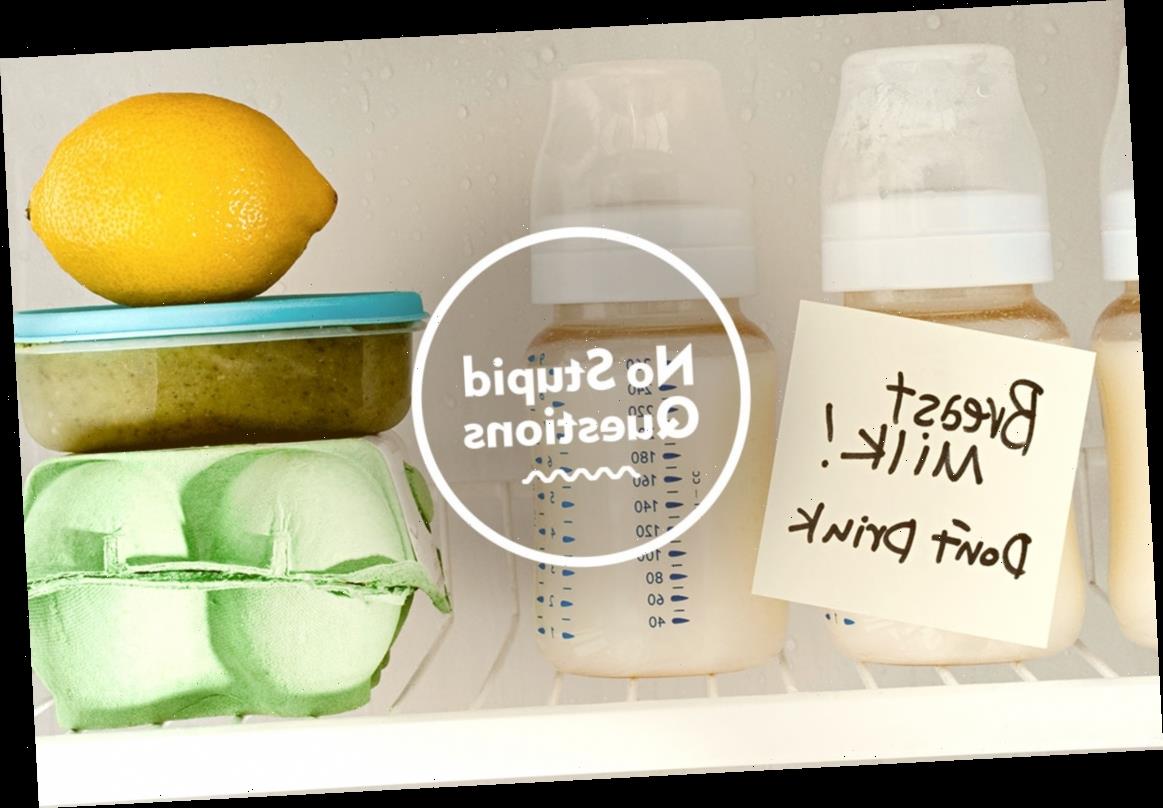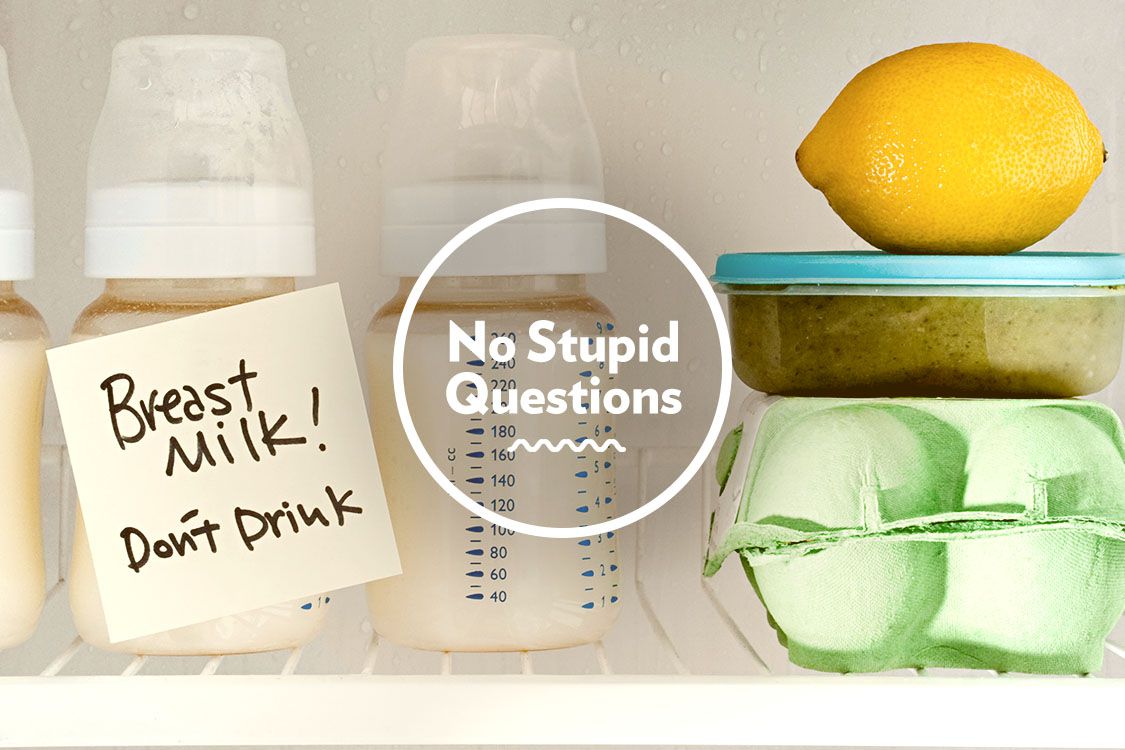How can partners be supportive to a breastfeeding mom?
“By helping the mother know she is doing the best for her baby, and letting her know how much you appreciate her efforts. By learning the signs of positive breastfeeding above, so that if things are not going well, the partner can encourage the mother to get help early on. If there are problems, the earlier they are dealt with, the easier it is to make things work well. And to offer to let her get rest whenever she is not breastfeeding, so she has the energy to continue to do it.”
I’m going back to work and want to be able to pump but also nurse; how should I begin the transition?
According to lactation specialist Sharon Lemon of Northwestern Medicine Delnor Hospital in Geneva, Illinois, the first step is to savor your time at home with baby. But from there, she offers these tips:
- “If not using a nanny or family member for child care, get acquainted with your daycare provider. There may be an opportunity to nurse your baby before dropping them off to daycare, nursing them during your lunch break and/or nursing them when you pick them up for home.
- Get to know your work environment and where there is a designated private space to pump and discuss pumping breaks with your manager.
- Get a quality breast pump and begin using it three to four weeks after your baby is born. Most mothers will pump after the first morning feeding and/or a missed feeding.
- Many mothers will become more serious with their pumping as they get two or three weeks closer to the first day back to work in their quest to have a supply in the freezer.
- Network with other mothers for words of wisdom and personal experience. Join a breastfeeding support group and call your lactation consultant for advice.
- Plan on introducing a bottle by three to four weeks after delivery, once breastfeeding is well established.”
My baby isn’t interested in taking a bottle and I’m going back to work soon, what can I do?
Lemon’s colleague Deanna Schult has this to say:
- “Keep practicing several times a week to help baby keep up that skill.
- Get a ‘lovey’ or some item that is used for only feedings that baby can snuggle with when taking a bottle.
- Some parents find that paced bottle feeding is helpful; you can find out more about it on YouTube.
- You may need to explore different bottle nipples and focus on slower flow, which can often feel more like breastfeeding to baby.
- If possible, have someone other than mom introduce a bottle.
- And a note on your ‘stash’ — when back to work you will be pumping every day for the next day’s feeds. While you will want to have some milk for emergencies, you do not need a freezer full of it.”
For more from Dr. Newman, check out his new book, Breastfeeding: Empowering Parents. His International Breastfeeding Centre also provides a free email answering service seven days a week; to help support his work, donate through the Canadian Breastfeeding Foundation.
Source: Read Full Article



